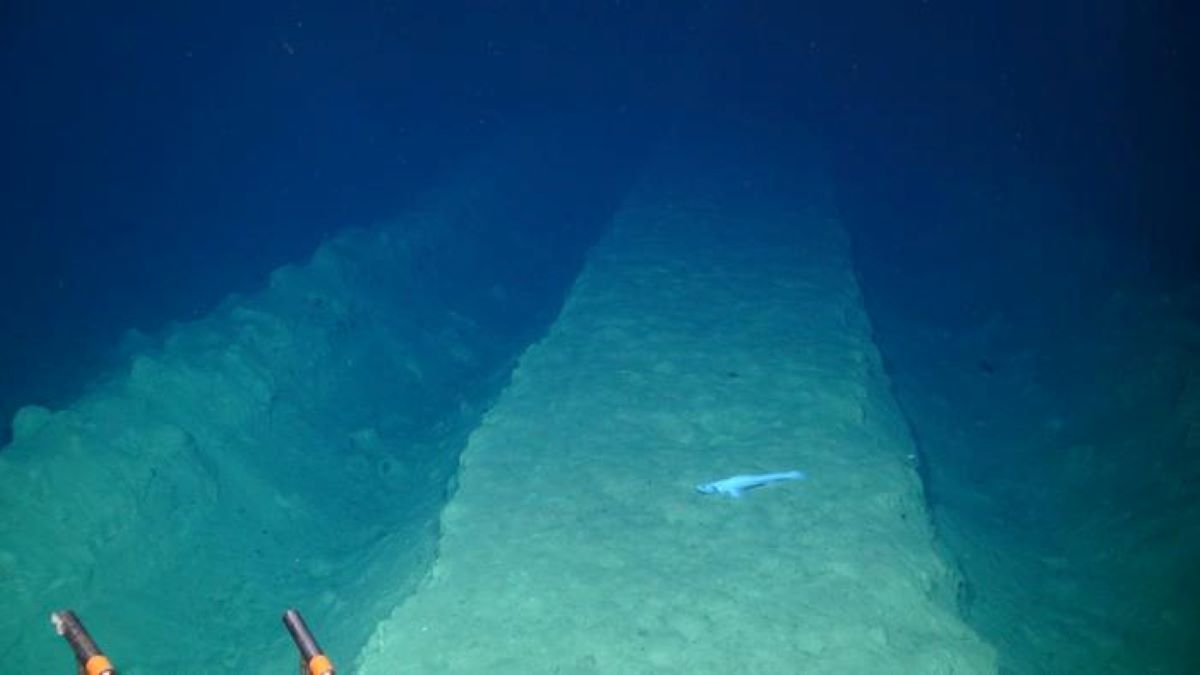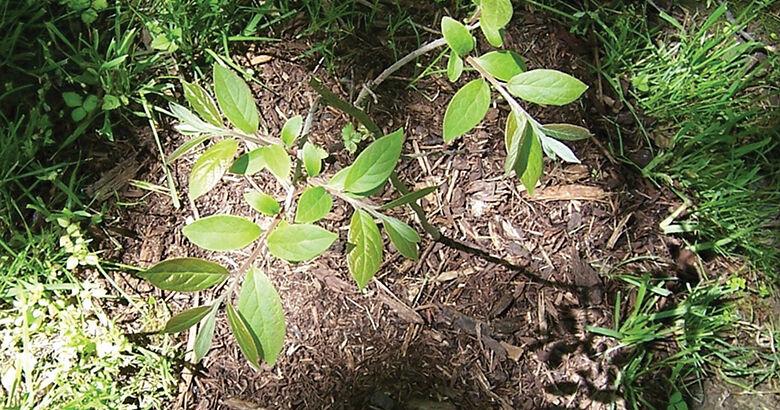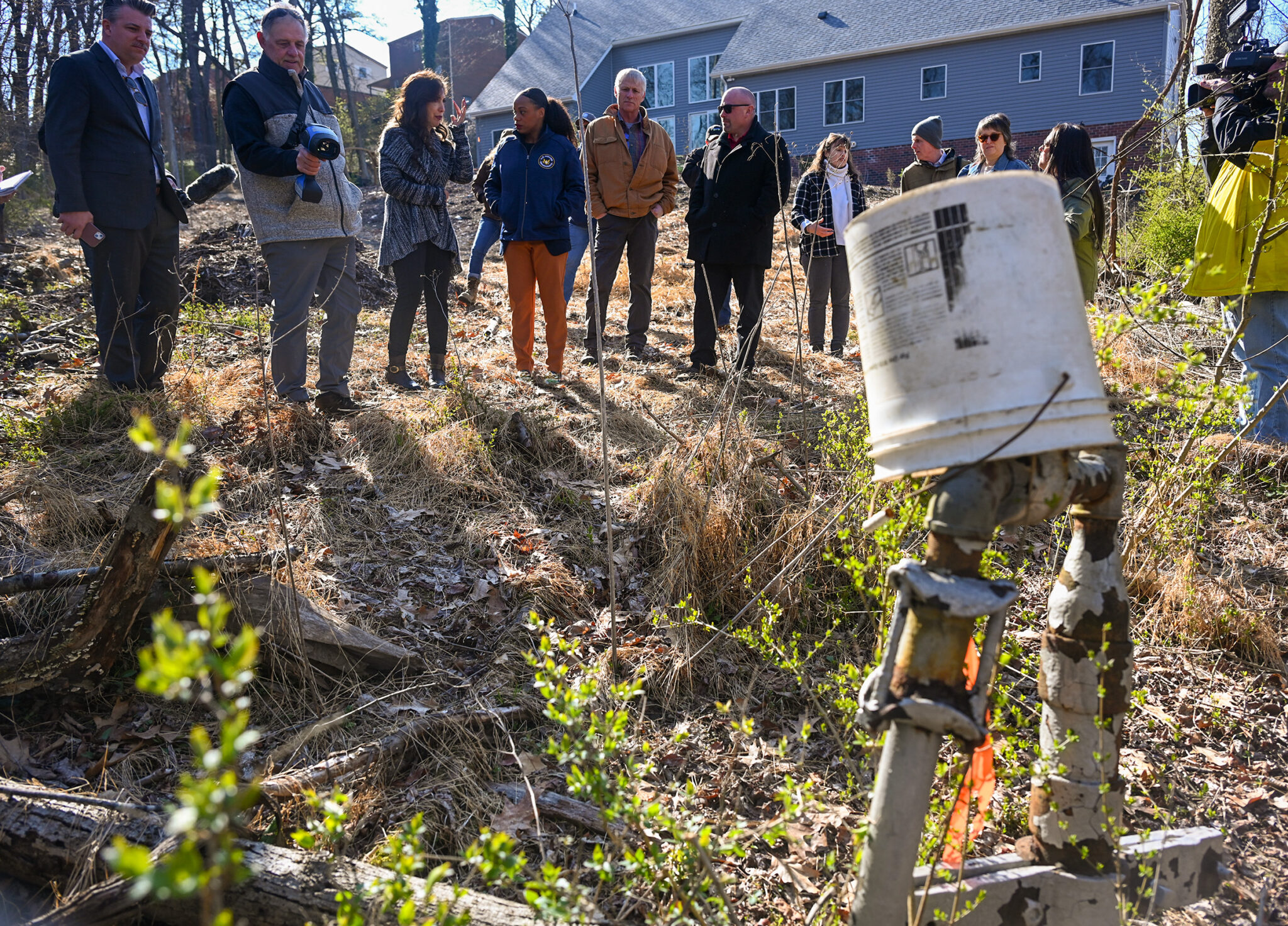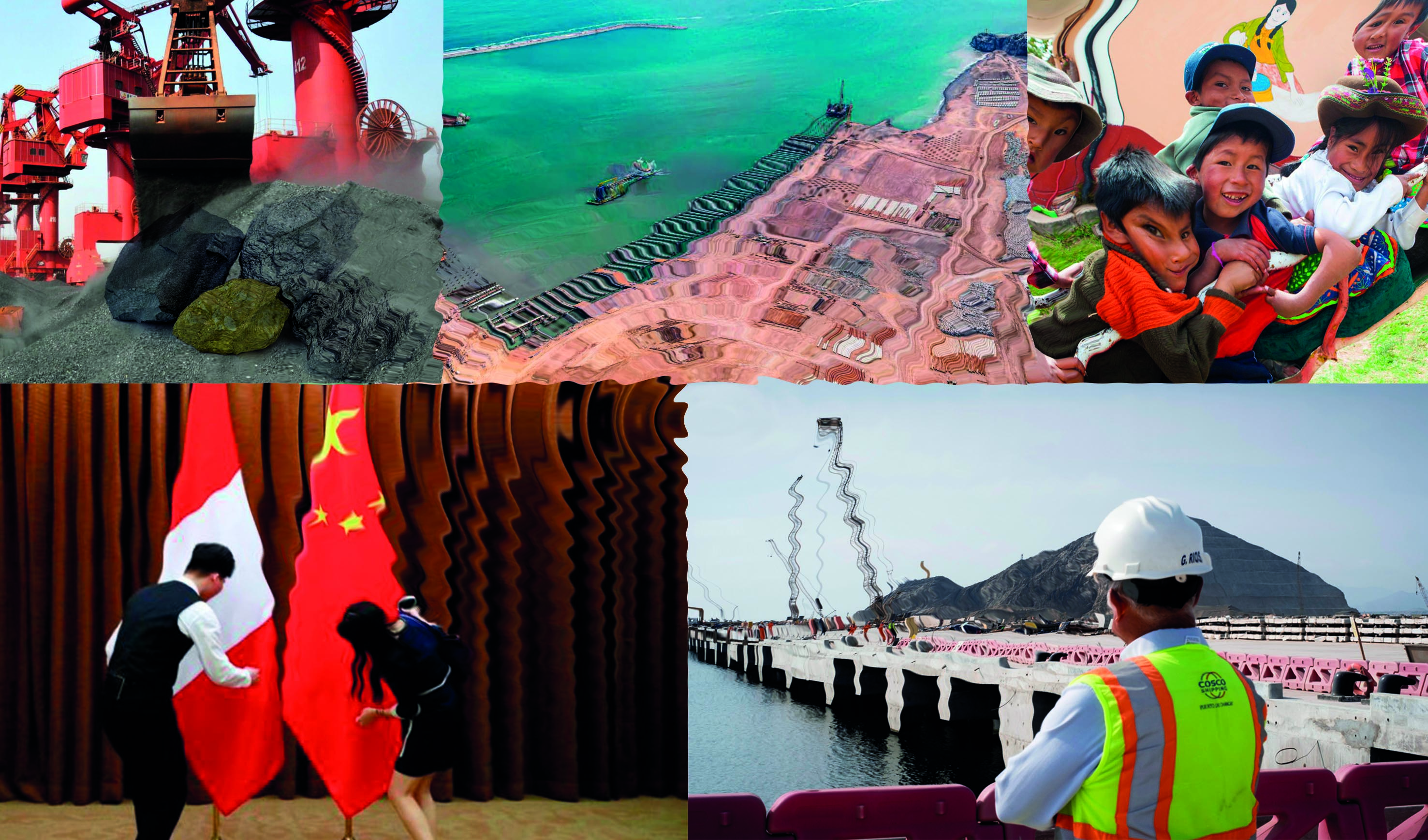Seafloor Devastation: Scientists Unveil Shocking Ecological Toll of Deep-Sea Mining

Deep beneath the ocean's surface lies a hidden treasure trove of minerals that could revolutionize green technology—polymetallic nodules scattered across the seafloor. Mining companies are now eyeing these potato-sized mineral deposits as a potential game-changer for electric vehicle batteries and renewable energy technologies. But a critical question looms: Can these delicate marine ecosystems truly recover from large-scale seabed mining?
These mysterious nodules, rich in nickel, cobalt, copper, and manganese, sit atop the ocean floor like geological time capsules. They form over millions of years, growing incredibly slowly in some of the planet's most remote marine environments. While they represent a potentially lucrative resource for emerging green technologies, scientists are raising serious concerns about the long-term environmental impact of extracting these underwater minerals.
Researchers are conducting extensive studies to understand how seabed mining might disrupt complex marine ecosystems. The process involves massive machines that would essentially vacuum these nodules from the ocean floor, potentially destroying habitats and disturbing intricate biological communities that have developed over centuries. The sediment plumes created during mining could spread far beyond the immediate extraction site, potentially smothering marine life and disrupting delicate ecological balances.
Preliminary research suggests that recovering these marine environments could take decades, if not centuries. The slow growth rate of deep-sea organisms and the fragile nature of these ecosystems mean that any disturbance could have profound and long-lasting consequences. Environmental groups and marine scientists are calling for more comprehensive research and cautious approaches before large-scale commercial mining begins.
As the world seeks sustainable resources for clean energy technologies, the debate around seabed mining represents a critical intersection of environmental preservation and technological innovation. The challenge lies in balancing our urgent need for critical minerals with the protection of some of the planet's least understood and most vulnerable ecosystems.








